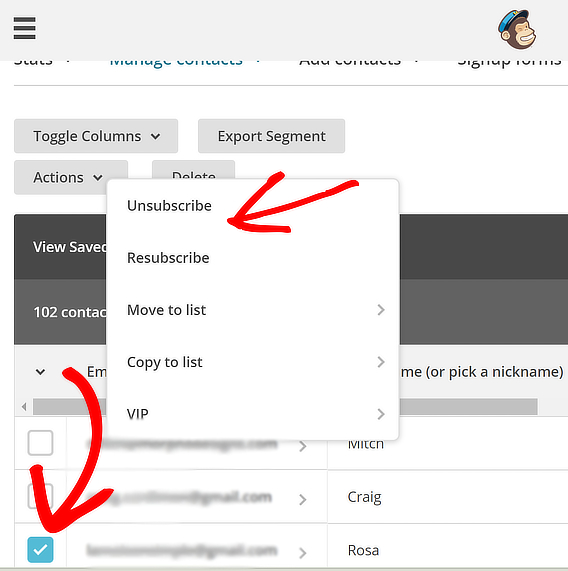

So by “trimming the fat” from your list, you’re not wasting money sending emails to subscribers who aren’t actually interested. Most email service providers charge you based on the number of emails you send out or the number of subscribers you have. In turn, this increases your email deliverability rate, which “is the success rate an email marketer has in getting an email delivered to a person’s email address.”īy having fewer spam complaints and a better sender reputation, a larger percentage of your emails should be delivered, meaning your campaign will have a bigger impact.Īnd finally, you can save money by email scrubbing and increase your ROI. When this happens at scale, they may automatically send your emails to subscribers’ spam folder.īut by routinely purging your email list, you should be able to dramatically reduce your number of spam complaints, which improves your sender reputation and means fewer emails get sent to spam.

The problem with this is that many email providers like Google and Yahoo log spam complaints. Oftentimes, subscribers who are no longer interested in receiving emails from you will mark them as spam because it’s quicker than unsubscribing. Next, email scrubbing leads to fewer spam complaints and a better sender reputation. They remain diligent about keeping their email lists as clean as possible, which results in consistently high engagement levels. That’s part of the reason why e-commerce brands like women’s clothing online retailer ModCloth have been so successful. I’ve already mentioned that email scrubbing boosts engagement by removing inactive subscribers.īut what are some other specific benefits? For starters, you should see a significant spike in your open rate and click-through rate.īy ensuring your emails are only delivered to subscribers who truly want them, you can naturally expect a larger percentage of people to open your messages, read through them, and ultimately check out your offer. It really just depends on the state of your campaign and personal preferences.īut at a bare minimum, it should be done once a year. However, some opt for a higher frequency of every three to four months.Īs a general rule of thumb, the quicker you grow your email list, the more often you’ll want to scrub it.

How Frequently Should it Be Done?Įvery email campaign is a little different, so the optimal frequency can vary from brand to brand.Įxperts agree that, for most brands, email scrubbing should be done once every six months. If any of these things are happening, it’s time for email scrubbing.


 0 kommentar(er)
0 kommentar(er)
